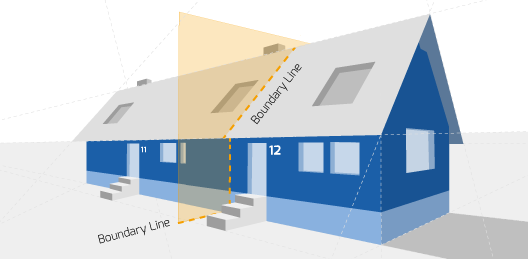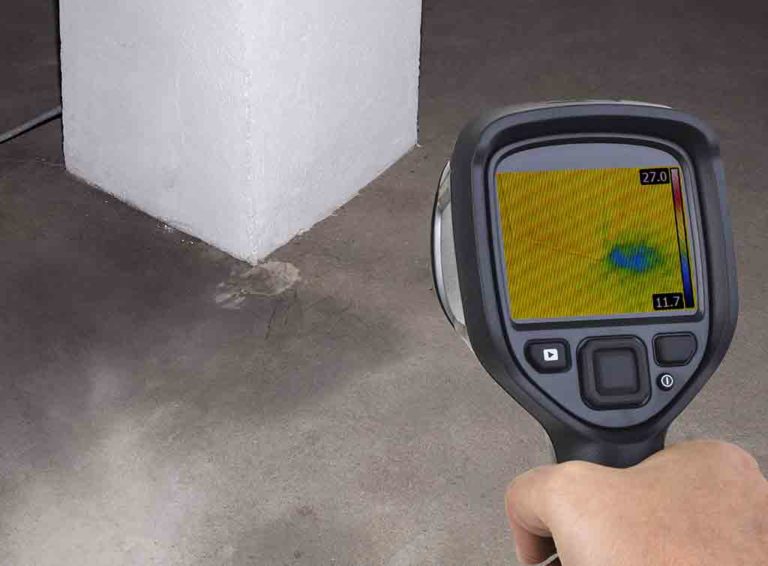
August 22, 2024
Retaining Wall Drainage: What Is It & Why It Matters?
Fixing Keeping Walls: Experienced Remedies And Suggestions The soil behind the wall surface can come to be saturated with sufficient drain, resulting in far better drain conditions. This influences the wall surface's stability and can result in disintegration and damages to your property. Regular tracking and upkeep of retrofit drainage systems are important for long-lasting performance. Updating water drainage elements when essential guarantees the system remains effective in managing water flow.How stone can help control water erosion - Total Landscape Care
How stone can help control water erosion.
Posted: Fri, 03 Jan 2020 08:00:00 GMT [source]

Usual Water Drainage Troubles:
Proper compaction strategies guarantee security and reduce the risk of dirt negotiation. Cautious backfilling maintains the honesty of both the drainage system and the keeping wall surface. Gutters and downspouts are crucial for managing roofing drainage and protecting against water from merging near retaining wall surfaces. Guiding water far from the wall surface through these systems protects the foundation and minimizes soil saturation. Routine cleaning and upkeep of seamless gutters and downspouts ensure they run successfully.What Is A Timber Maintaining Wall Surface?
Retaining wall surfaces function best when incorporated with other water drainage solutions, such as French drains, to take care of water effectively. Ideal activities might consist of cleaning out wall surface drainage systems to prevent clogs and obstructing. A well-balanced water drainage plan takes these design includes right into account to stop problems and maintain the structural honesty of the retaining wall surface.- In this brand-new short article, we will certainly discover the significance of incorporating sufficient drain systems in retaining wall surfaces to stop water damages and keep their structural stability.
- Timely repair work are important to stop additional damages and prospective failing.
- The trench is mounted behind the retaining wall to catch and reroute water away from the wall.
- Water build-up behind the preserving wall can cause hydrostatic pressure, potentially triggering failing.
- A well-designed drainage system by professional hardscape professionals enables water to stream away from the wall surface, ensuring stability and sturdiness.
Does a 4 foot keeping wall surface demand water drainage?
Any kind of strengthened wall surface or walls over 4 ft. (1.2 m) in height or with inclines or other additional charges over the wall surface will certainly require a toe drainpipe. First, you can mount a perforated water drainage pipe. This kind of pipeline is installed along the inside or backfilled at the bottom of the wall.

Social Links